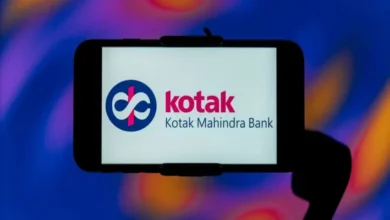The very first idea of a wireless communication system was pitched in the mid-1970s and the first working cell phone came into being in 1973 in the form of a prototype called Motorola’s DynaTAC. Those big, bulky, and comically costly portable devices did nothing but the fundamental task of linking people from far away.
Nevertheless, with the passing time, there have been numerous advancements in technology which resulted in the form of a pocketable smartphone.
Okay, so generally in the smartphone market there are two types of companies those who wait for others to do things before putting it into their phone and those who always try to be the first.
Technology that created today’s smartphone experience:
● Touchscreen:
The IBM Simon (1992) was the first phone with a touchscreen and is frequently referred to as the first “smartphone.” Although it was revolutionary for its time, modern standards made it highly primitive. Most of the Touchscreen devices in the 1990s were more like PDAs than current phones. After this, there is no looking back!
● Bezel-less Smartphones:
The Japanese Electronics giant launched Aquos Crystal, one of the world’s first bezel-less or edge-less display smartphone in August 2014. It has a whopping 78.5% screen-to-body ratio, in 2014 it was a tremendous achievement.

● Display:
There are more than four display types used on smartphones, and these displays are relative to the quality of images, color quality, battery life, and even the price
of the device. LCD, OLED, AMOLED & SUPER AMOLED.
Their difference results in the brighter display, reduced power consumption, reduced sunlight reflection, enhanced outdoor readability, and wider viewing angles.
● Camera:

Vivo was the first to bring a motorized pop-up camera and here they are yet again claiming to have the next big thing for smartphones with the gimbal camera sensor. And we’ll likely continue to see advances in camera technology going forward, such as augmented reality, virtual reality, and 3D, as improving phone processor chips from key suppliers support it.
● Fingerprint scanner:
The first phone to have a fingerprint sensor is Pantech GI100. It was launched in 2004. Toshiba G500 is the first smartphone with a fingerprint sensor that took it to the mainstream. There have been many advancements in this scanner too!
The first phone with an in-display fingerprint sensor is Vivo X20 Plus [Optical Sensor]. Samsung Galaxy S10 & S10 Plus are the first phones to feature ultrasonic in-display fingerprint sensors.
● Wireless charging & Fast charging:

Back in 2011, Samsung launched the first consumer Droid Charge wireless charger. Samsung announced, “the fresh launch of a new age of wireless charging” in 2015. Galaxy S6 & S6 edge was the first to come as a standard option with wireless charging. Android users have enjoyed inductive wireless charging for quite some time now.
But as the technology is still advancing there have been tremendous advancements. Qian unveiled its 120W ultra-fast charging technology, believed to be able to fully charge a 4,000mAh battery within just 15 minutes. Just a day after Oppo unveiled its 125W flash charge. It should charge a 4,000 mAh battery from 0% to 33% in three minutes.
#FlashCharge




